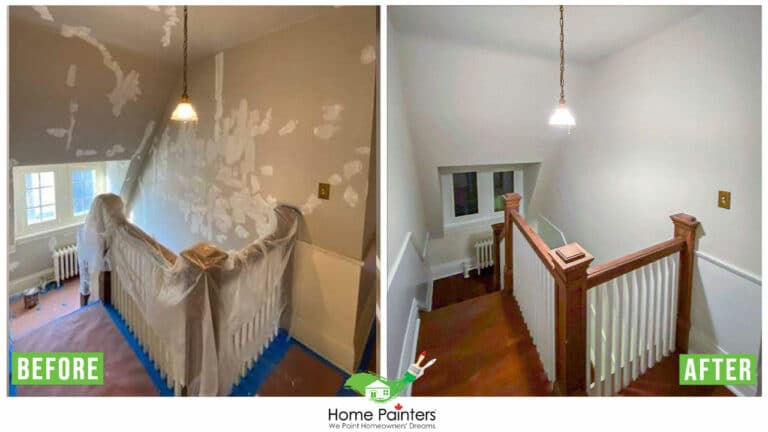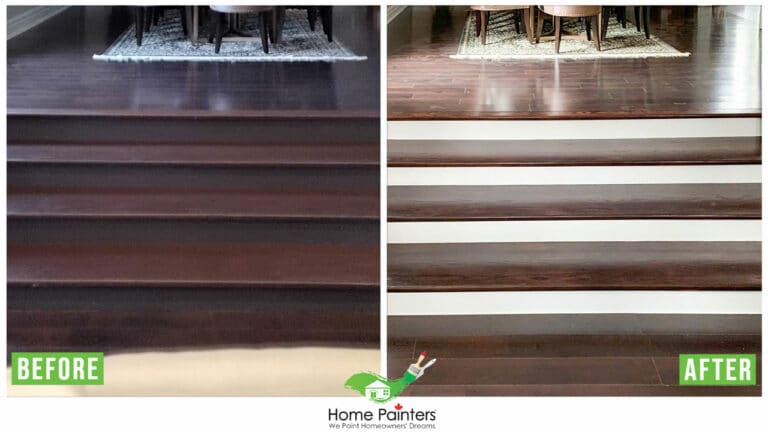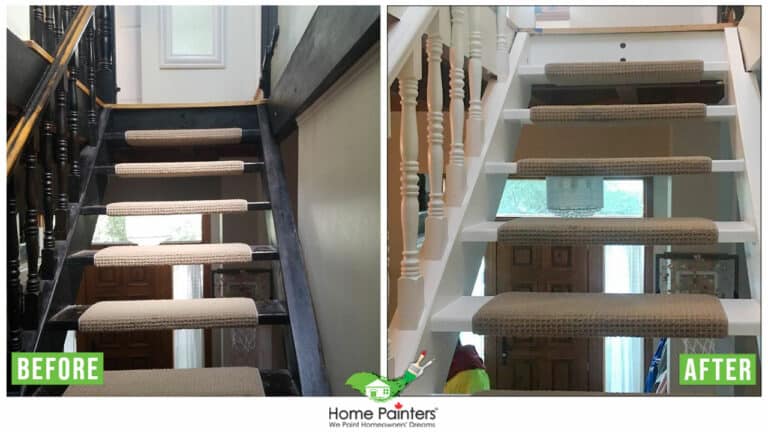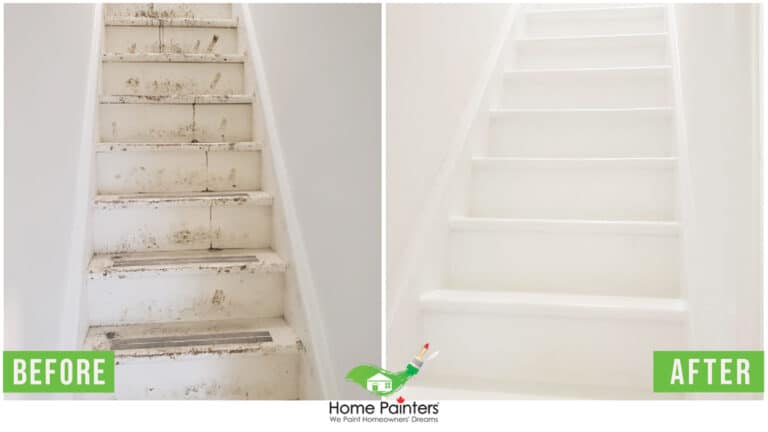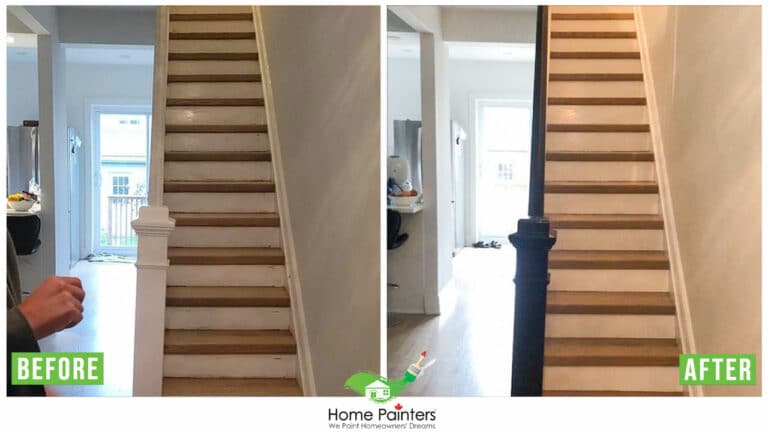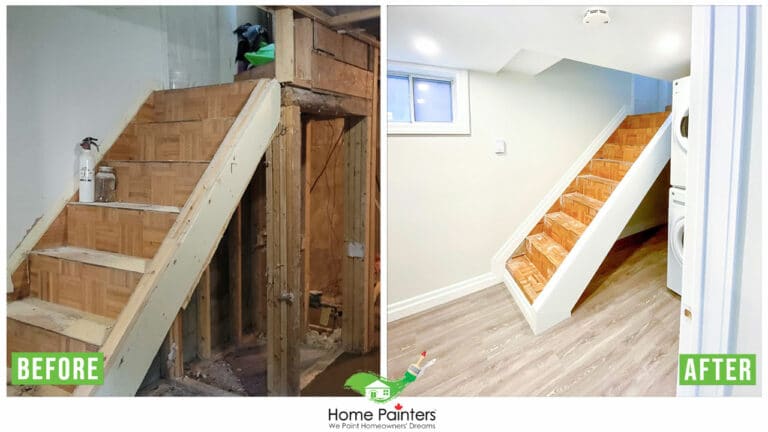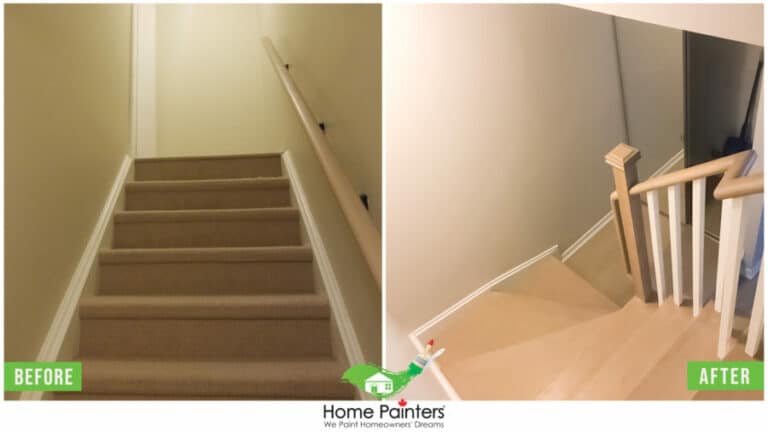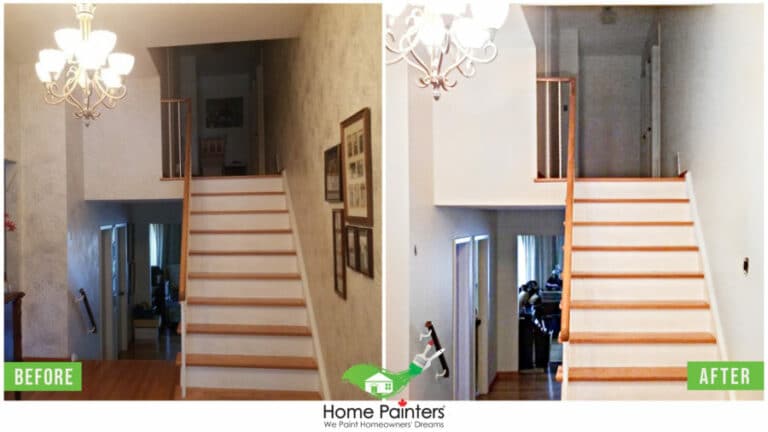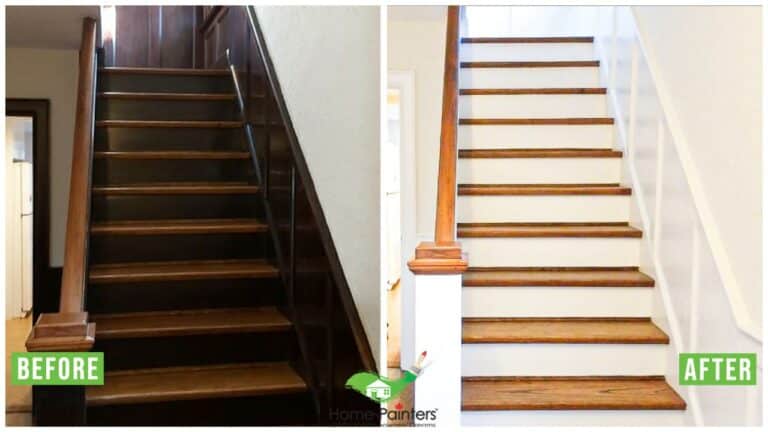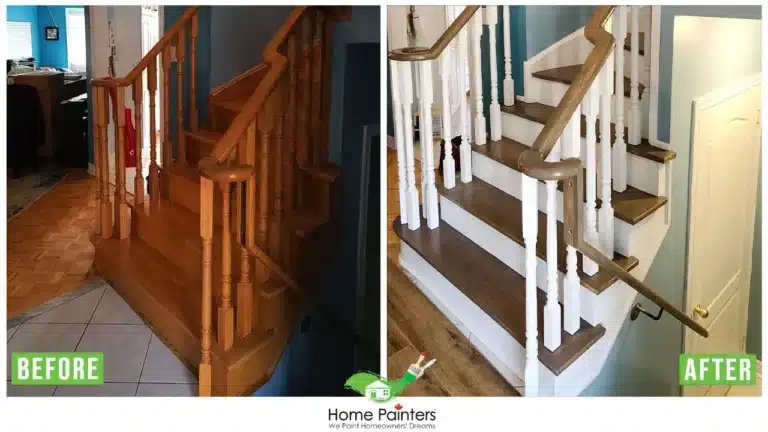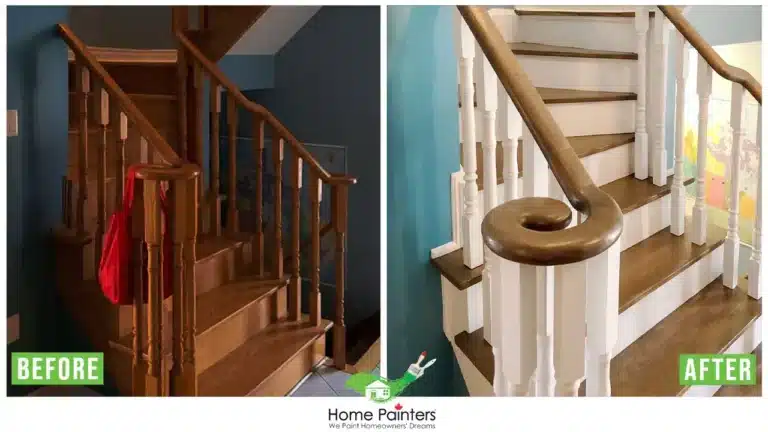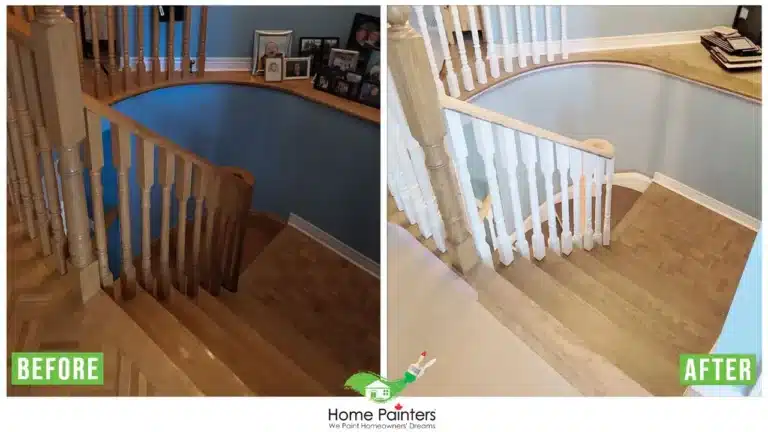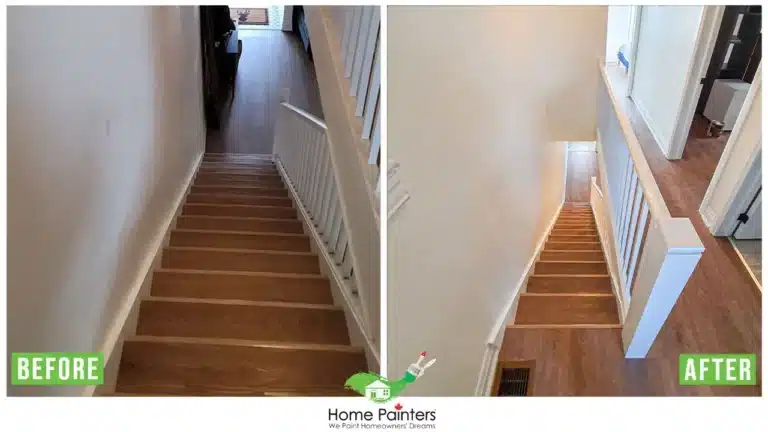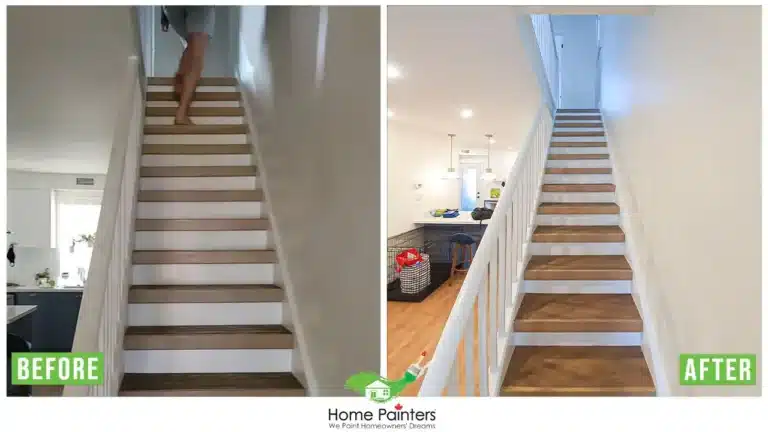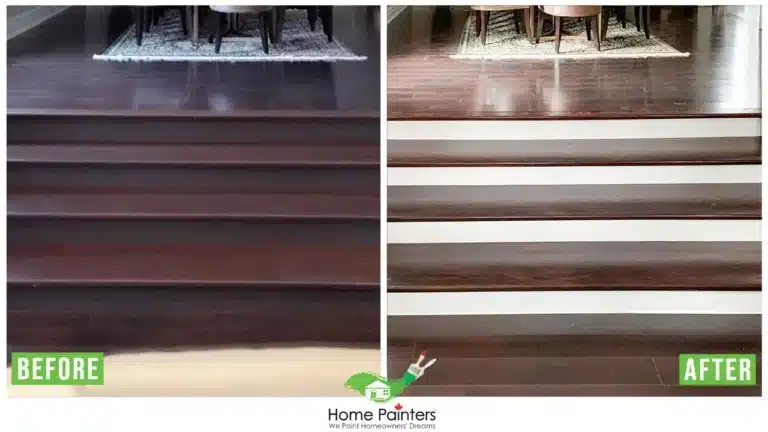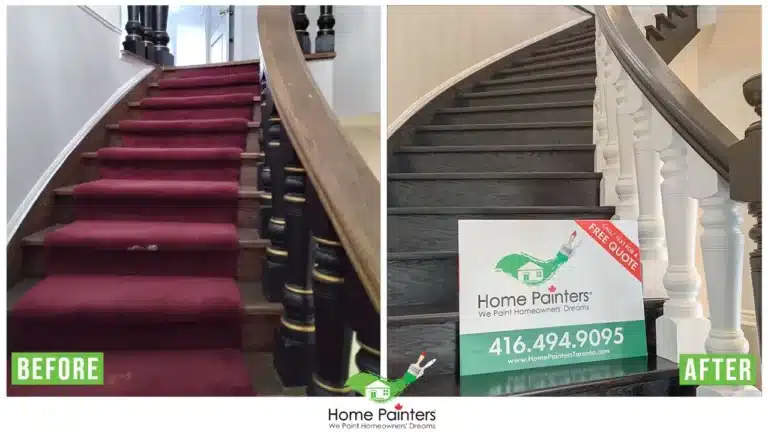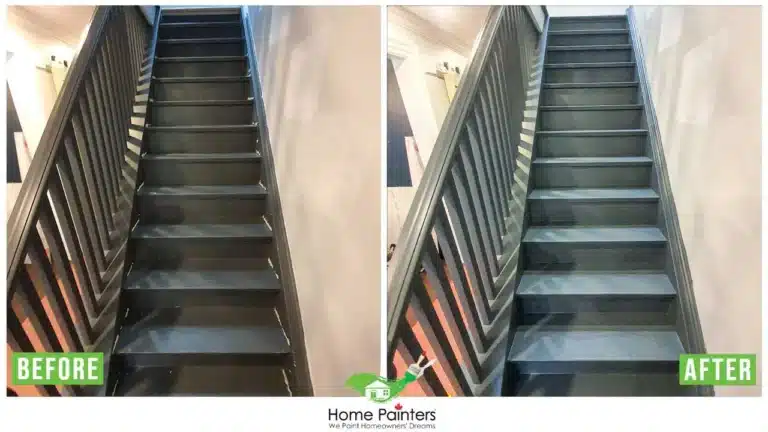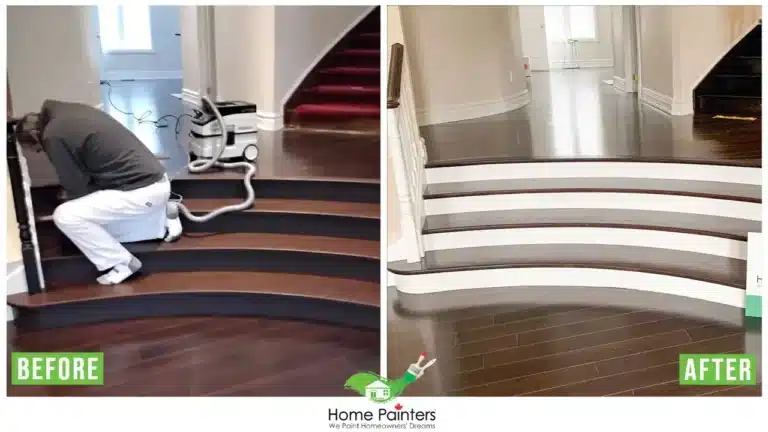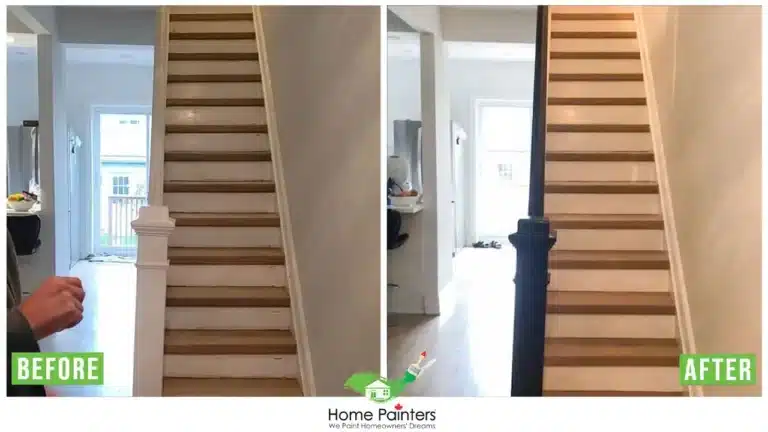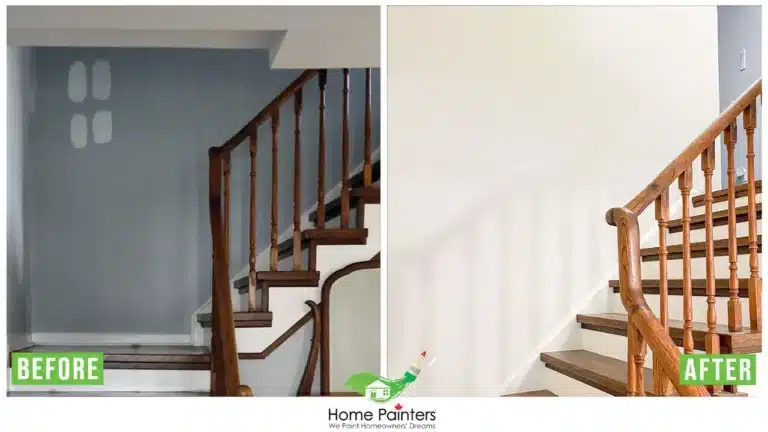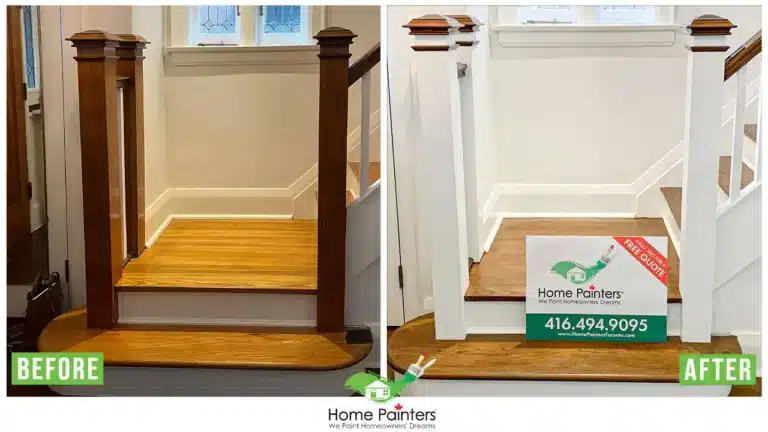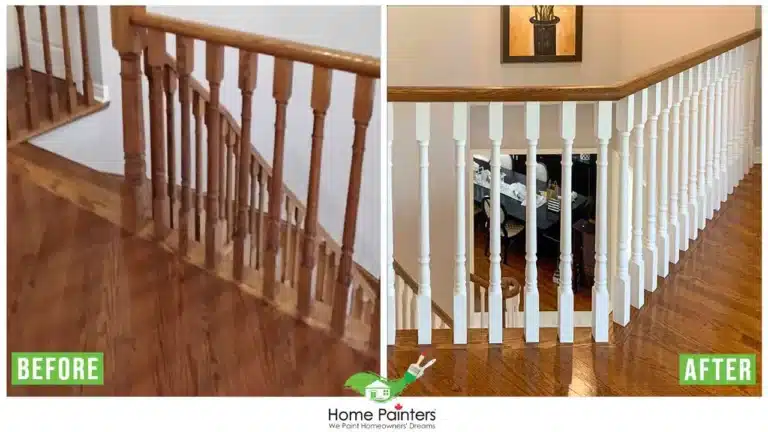
Fixing a Loose Wooden Step – If you’re like many homeowners, you’ve probably run into the problem of a sagging wooden step. It’s possible you didn’t realize it was there until you accidentally stepped on it. and found yourself looking at an awkward angle. Or perhaps you’ve been dealing with this issue for years but didn’t know how to fix sagging stairs from above.
A wooden step is likely to be made of soft wood like pine or cedar, which means it’s more likely to get loose over time. However, even hardwood steps can develop this problem if they’re not properly installed. You can tell if your staircase has a sagging stair tread by looking at the edge of the step where it meets the baseboard—if there are gaps and spaces between them, this means that the stair treads are loose and need to be tightened to get rid of the sagging stair tread. It can be dangerous and even lead to injury—not something anyone wants!
The good news is that you can fix a loose stair tread with a little bit of effort and know-how. Fix that wobbly and creaky step and no longer fear your staircase! Read on to find out how to strengthen stairs from underneath, how you can fix a loose wooden step for good and keep enjoying your beautiful interior or exterior wooden stairs!
Safety Precautions: How to Protect Yourself During Repairs
Before embarking on a DIY project, such as fixing a loose wooden step ladder, it’s important to prioritize safety. Taking necessary precautions reduces the risk of injury while making repairs. Here’s a list of safety tips to help protect yourself during the process:
1. Wear Protective Gear
- Equip yourself with basic protective gear, like:
- Safety glasses or goggles to protect your eyes from flying debris, dust, and wood shavings
- Work gloves to avoid splinters and scrapes, and to improve your grip on tools
- Ear protection (earplugs or earmuffs), especially if you’re using power tools that may generate loud noise
2. Use Tools Properly
Follow the manufacturer’s guidelines for using tools, such as drills and chisels, and ensure they are clean and in good working order. Use tools confidently but cautiously. Do not apply excessive force or use a tool in a way it wasn’t designed for—this may result in accidents or damage.
3. Dress Accordingly
Wear comfortable, well-fitting clothing that covers your arms and legs to protect your skin from potential scratches and scrapes. Avoid wearing loose or baggy clothes, as these can get caught in power tools and pose a risk. Opt for closed-toe shoes that provide good traction and stability, and avoid wearing any dangling jewelry.
4. Stay Organized
Keep your work area neat and well-organized, free from clutter and hazards. Before starting the repair, clear the work area of items that may cause slips, trips, or falls. Also, ensure that your tools and materials are easily accessible, so you don’t have to search or stretch for them while working.
5. Ensure Proper Lighting
Adequate lighting is essential for any DIY project. Make sure your work area is well-lit, enabling you to see what you’re doing clearly and spot any potential hazards quickly. If necessary, use a portable work light to illuminate dark or shadowy areas.
By following these safety precautions, you can look after yourself while performing repairs, maintaining not only the integrity of your home but, more importantly, your well-being.
Fixing A Loose Wooden Step on Your Staircase
Materials That You Will Need To Repair A Loose Wooden Step:
- Air Compressor
- Drill
- Screws
- Polyurethane/Wood Glue
- Wood Blocks
- Threaded Rod
- Carriage Bolts
- Wrench
- Hammer
- Pry Bar
- Utility Knife
- Drywall
- Caulking
Step 1: Determine Where the Loose Wooden Step Is
- Most often Oak wood is used, but hardwood is very common too. Figure out what type of wood stairs you have if you don’t already know and assess the damage.
- If you can’t clearly see where the wooden step is loose, try looking between the stair treads, often the problem starts there. Squeaky stairs could be separated from the wall – so take precautions here.
- Listen for any squeaking or creaking when you step on the wooden stairs. You can also feel if the wood has any give.
- Check the diagonal part of the stairs that runs from the treads to the risers. The stringers can spread apart and cause the treads and risers to loosen.
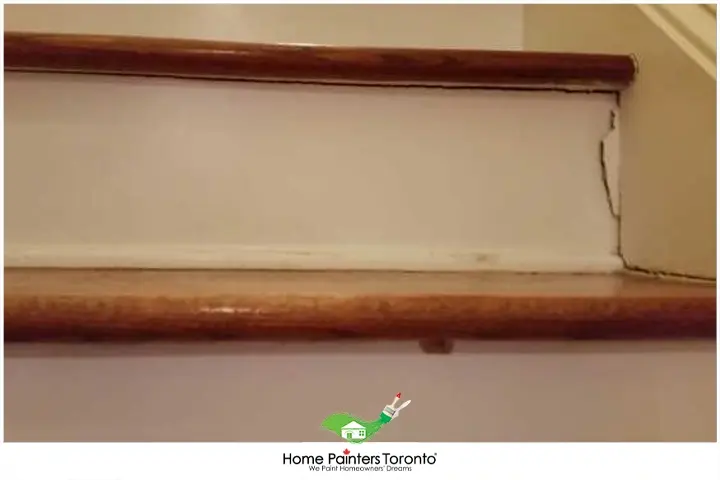
Step 2: Repair Steps Where Necessary
- Once you have located the problem you can start to repair your loose wooden step. Blow compressed air into any spaces and clear them of dirt and debris. You may need to remove glue or nails on the stringer spread. You will probably need to cut the drywall at the corners of the stairs. This is to be sure the drywall paper doesn’t tear on the adjacent walls. Using a sharp knife would be the best tool of choice for this procedure.
- Rip the drywall out using a pry bar or a hammer and remove any nails that are in the bottom of the risers. Drill a small hole (about 9.5 mm) into a block of wood. Then drill another hole that will be big enough to fit the carriage bolt (a round-headed bolt that works best on wood) into the wood’s backside.
- Measure the 9.5 mm threaded rod so that it is a bit longer than the width of your loose wood step. You’ll want to insert the rod through the wood into the bolt. Then attach the wood block to the stringer so that it is against the wall. (Use screws and glue for this)
- At this point the rod will stick out toward the opposite wall, and you’ll want to attach the block to the opposite stringer. Tighten the bolts with a wrench and have someone help guide the risers and treads back in as you turn the rod. Replace the drywall and use caulking to caulk any loose joints.
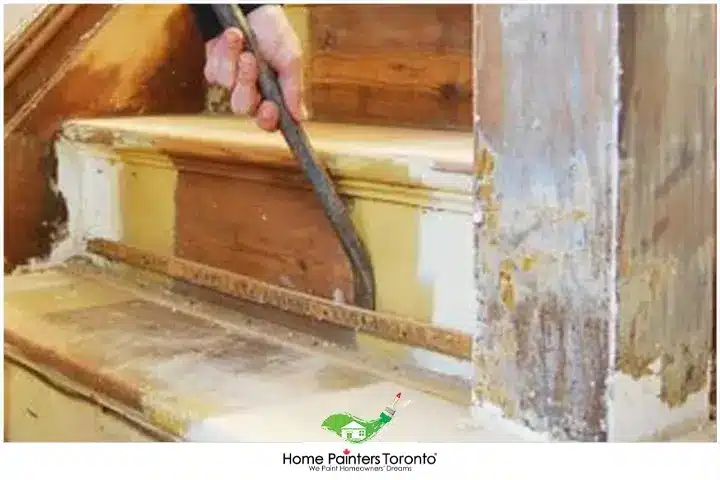
Step 3: Scan and Step
- Be sure to take a careful visual of the finished step repair. If you see any holes, you can always cover them with wood putty.
- Put the carpet back on (if you have it) and step on the stairs to test the solidity. If you followed the guidelines correctly, you should have quiet and sturdy wooden stairs that are back to their original state!
Hints:
- Remove any carpet on wooden stairs very carefully so you do not damage the surface of your original wooden stairs
- Have a work partner help you who knows or has had previous experience working on loose wooden stairs so they are the second set of eyes and an extra pair of safety hands
Prevention over Cure: The Importance of Regular Maintenance
Regular upkeep of your staircase isn’t just a cosmetic preference; it’s a strategy for preventing future problems, ensuring safety, and extending the life of the stairway. Here are some reasons why maintenance matters and a few tips on how to sustain your stairs.
Why Regular Maintenance is Important
- Detect Issues Early: Regular upkeep allows you to spot minor issues like loose screws, cracks, or creaks in the staircase. Early detection facilitates immediate fixes, preventing small problems from escalating into bigger ones.
- Safety Assurance: Regular checks minimize safety risks. Loose or broken steps are a common cause of accidents in homes. Simple monthly checks can help pinpoint these hazards and rectify them promptly.
- Preserve Aesthetics: A well-maintained staircase contributes to the overall appeal of your home. Regular cleaning and minor fixes keep it looking attractive and welcoming.
- Cost-effectiveness: Regular maintenance is always cheaper than significant repairs or replacements. By promptly addressing minor issues, you save on potential high costs down the road.
Tips for Routine Staircase Maintenance
- Monthly Visual Inspections: Check for loose steps, broken wood, or any visible wear and tear. Pay extra attention to the most frequently used steps, as they endure maximum wear.
- Regular Cleaning: Keep the stairs clean from any debris, dirt, or dust. This not only maintains the appearance but also prolongs the life of the finish, protecting the wood from potential damage.
- Immediate Repairs: Don’t ignore minor issues. If a step wobbles or creaks, address it promptly.
- Seasonal Maintenance: Wood expands and contracts with temperature changes. Monitor your staircase seasonally to tackle any issues related to this natural characteristic of wood.
In conclusion, prevention is better—and more economical—than cure. Regular maintenance not only prevents accidents but also makes your home safer, warm, and more welcoming.
With these detailed steps to guide you on how to fix a know-loose wooden step process, you can use your silent wooden steps with confidence again! But, if you are too tired and have no time to fix a loose wooden step in your house in Toronto, then why not let us do it for you? At Home Painters Toronto we can do this for you. Call us NOW at 416-494-9095 and email us at Brian@HomePaintersToronto.com. And don’t forget to follow us on all our social channels below as well!


